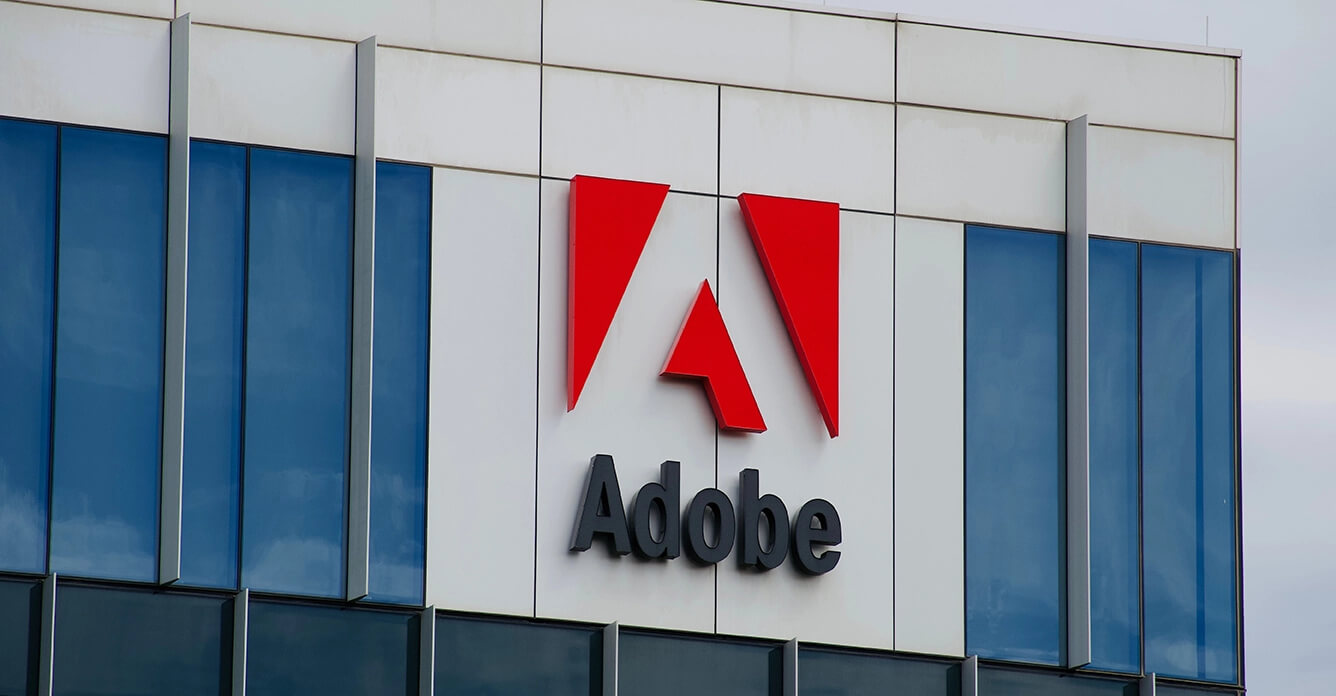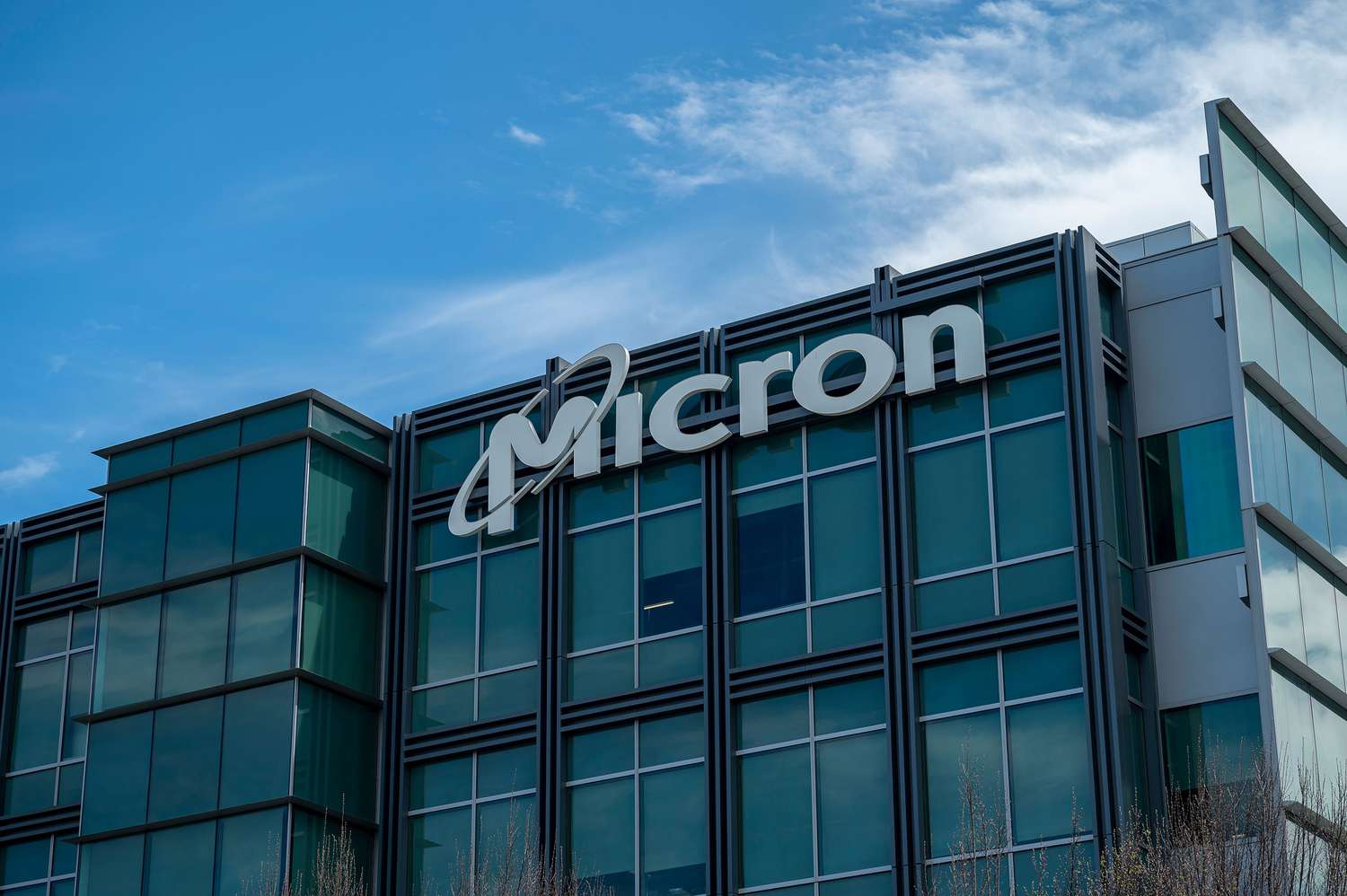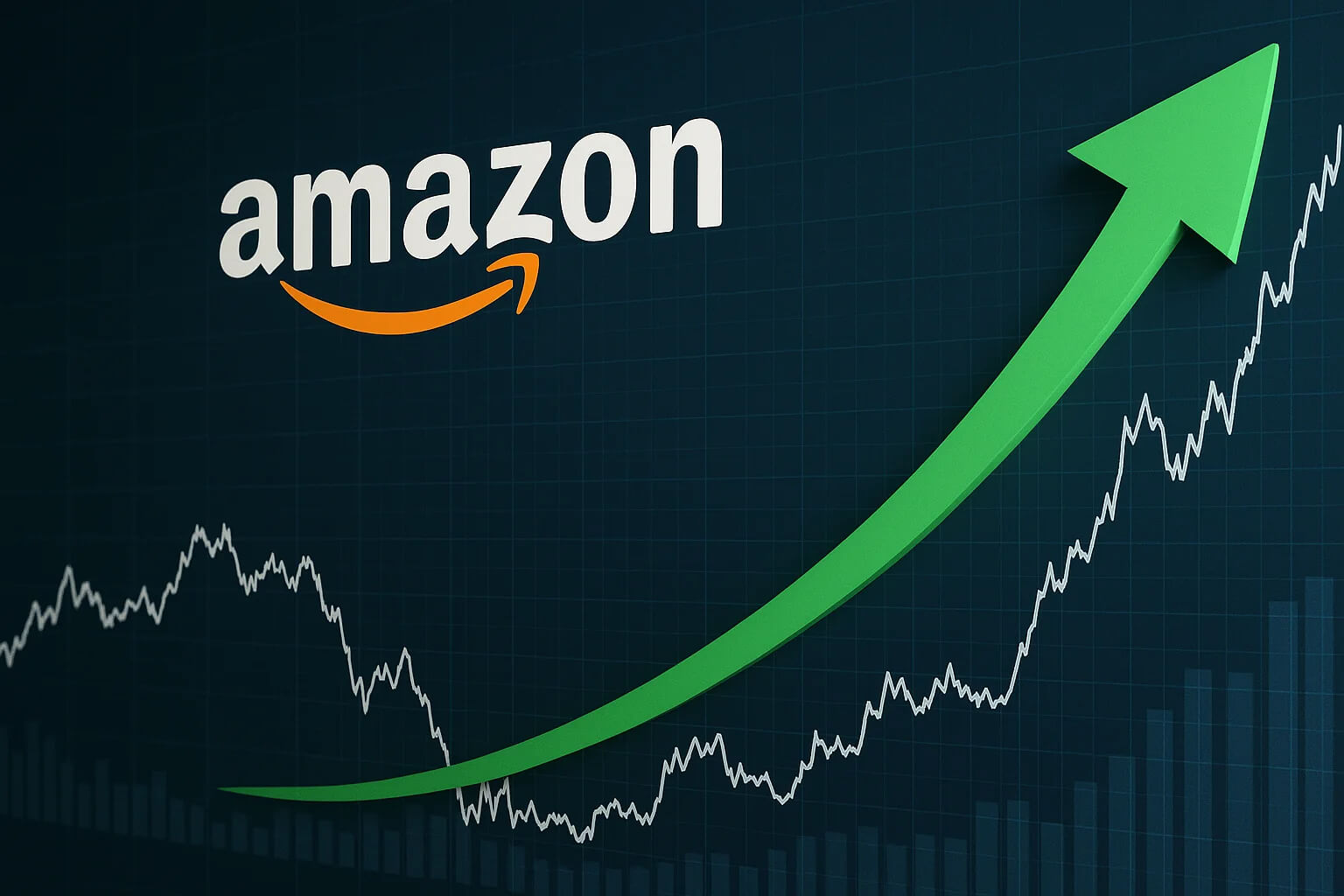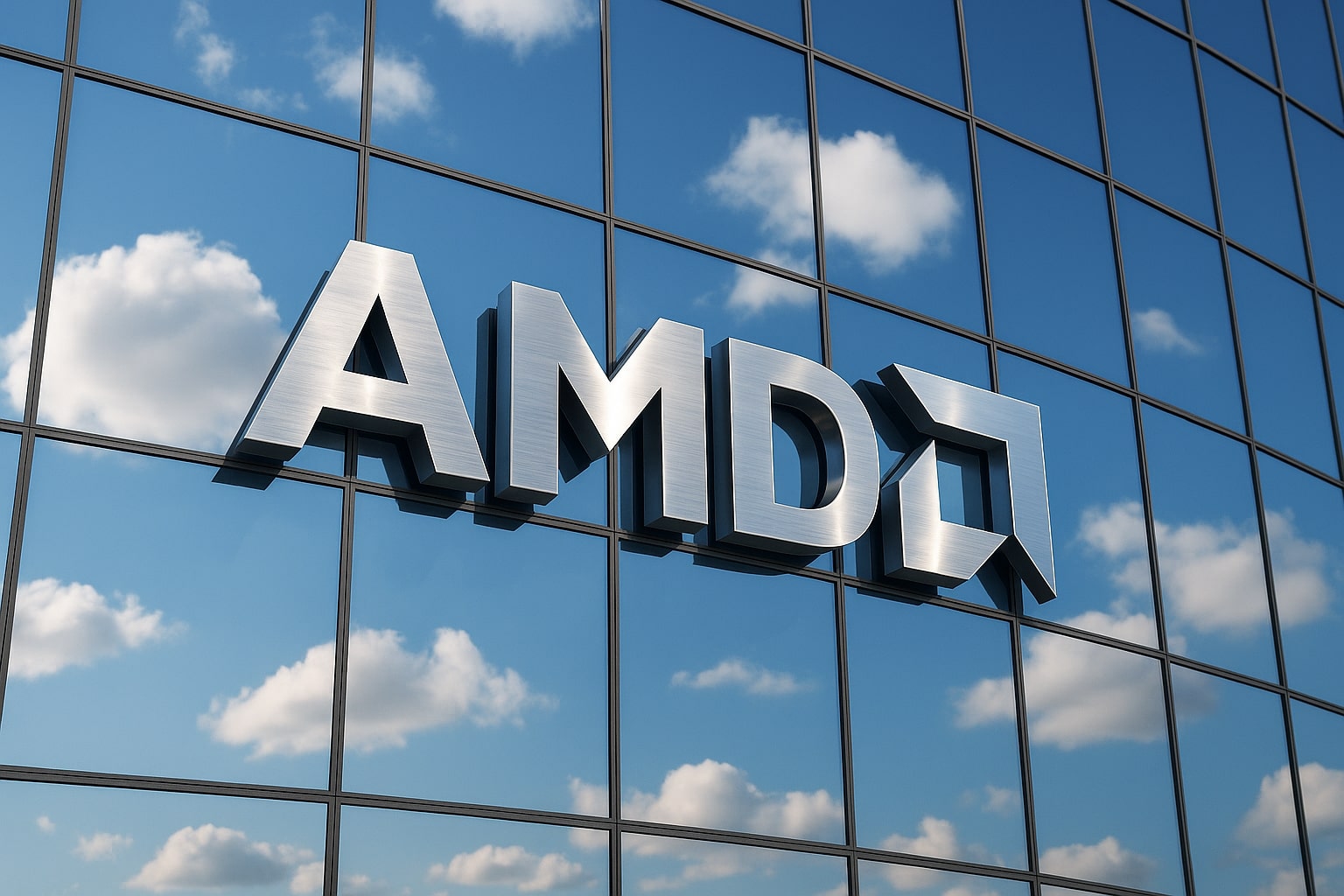Amazon's (NASDAQ:AMZN) Current Stock Position: A Deep Dive into Valuation, Growth, and Risks
Amazon (NASDAQ:AMZN) has faced a challenging 2025, with the stock down over 21% from its all-time high. This correction, coupled with a mix of growth concerns and external market forces, has caused uncertainty among investors. However, despite the downturn, there are compelling reasons to believe that NASDAQ:AMZN presents an attractive investment opportunity for those with a long-term view. Let’s break down the key factors influencing Amazon’s stock and evaluate whether the recent drop represents a buying opportunity or if more caution is needed.
The Impact of a 21% Decline: Is This a Buying Opportunity for NASDAQ:AMZN?
The most immediate question on every investor’s mind is whether this 21% decline in Amazon’s stock presents a buying opportunity. Historically, Amazon has weathered multiple corrections—most notably in 2021 and 2022, where the stock fell by nearly 40% each time. The current drop of 21% is significant but not unprecedented. For those who are willing to accumulate on further dips, this could be seen as an ideal entry point. As the stock continues to correct, there is potential for long-term value creation.
At its current price of approximately $175, Amazon’s stock is priced more reasonably than it has been in recent years, with a forward P/E ratio of around 30. For comparison, major competitors like Walmart trade at a higher P/E of 35, while Alphabet trades at 20, and Microsoft also hovers around 30. This indicates that Amazon, despite being a dominant player in multiple sectors, is trading at a relatively attractive valuation when compared to both its peers and its own historical performance.
However, before jumping in, investors should consider the risks and the broader market dynamics that may continue to influence Amazon’s price movement.
Amazon’s Financial Resilience and Revenue Diversification
Amazon’s revenue streams are among the most diversified in the tech world. Despite slowing growth in some areas, particularly the North American and International segments, Amazon’s performance in high-margin businesses like Amazon Web Services (AWS), advertising, and third-party seller services continues to provide a robust earnings cushion.
For Q1 2025, Amazon is forecasting a 7% revenue increase, which marks a deceleration compared to the growth levels of previous quarters. This is primarily due to a mix of macroeconomic pressures, including foreign exchange headwinds and the impact of a leap year in 2024 that added an extra day of sales. However, this slowdown should be viewed in context—7% growth in a challenging environment still points to a resilient business model. AWS, Amazon’s cloud computing arm, remains a key driver of profitability and accounts for a disproportionately high share of operating income relative to revenue.
In 2024, AWS’s revenue grew 19% year-over-year, with operating income growing by an even more impressive 61.7%. While AWS’s growth is not as explosive as it was in its earlier years, it still represents a stable and highly profitable segment that cushions Amazon from fluctuations in other areas, such as retail. Moreover, the continued push into generative AI and the cloud’s growing adoption should ensure that AWS maintains its leadership position in the coming years.
The advertising segment also saw significant growth in 2024, bringing in $56.4 billion, up 18% year-over-year. This makes Amazon’s ad business a major growth driver, providing high-margin revenue that is scalable with minimal additional operational cost. With Amazon integrating ads into its streaming platform, Prime Video, and increasing its ad offerings across various channels, this segment’s potential for future growth is significant.
Despite some challenges, Amazon’s diverse revenue mix remains its greatest strength. The continued growth in AWS, advertising, and third-party services should cushion any slowdowns in retail, especially as Amazon optimizes its operations.
CapEx Growth and Free Cash Flow: Amazon’s Investment in the Future
Amazon’s capital expenditure (CapEx) has been soaring in recent years, reflecting the company’s ongoing investments in AWS infrastructure, AI, and logistics. CapEx jumped from $52.7 billion in 2023 to $83 billion in 2024, with a significant portion directed toward expanding AWS’s data center infrastructure. These investments are crucial for Amazon to remain competitive in the rapidly growing cloud market and to meet the increasing demand for generative AI infrastructure.
While CapEx growth is expected to moderate after 2025, Amazon’s free cash flow (FCF) remains strong, providing the company with the financial flexibility to continue investing in high-growth areas. In fact, FCF is expected to increase significantly over the next few years, with projections of $108.96 billion by 2027. This growth in FCF will help offset some of the pressure from high CapEx and improve profitability in the long term.
At a forward price-to-free-cash-flow (P/FCF) ratio of 19.7x, Amazon remains reasonably priced, especially considering its leading position in both cloud computing and AI. This makes NASDAQ:AMZN a potentially attractive investment for those willing to look beyond short-term volatility and focus on the long-term growth potential.
AI, AWS, and Advertising: The Growth Catalysts for NASDAQ:AMZN
One of the most significant growth drivers for Amazon moving forward is its focus on artificial intelligence (AI). Amazon’s cloud division, AWS, is at the forefront of this revolution, with the company investing heavily in AI infrastructure, custom AI chips, and AI-powered services. Amazon’s collaboration with Nvidia (NVDA) and its development of proprietary chips like Trainium and Inferentia are key to reducing dependency on third-party providers while enhancing the performance of AI applications.
AWS’s role in the AI ecosystem will continue to expand as generative AI becomes increasingly integrated into enterprise applications. The shift to AI-powered services, such as personalized shopping recommendations and advanced voice assistants like Alexa, will create new revenue streams and improve Amazon’s customer experience.
In addition to AI, Amazon’s advertising segment is growing rapidly, with 2024 ad revenue reaching $56.4 billion. As more advertisers flock to Amazon’s platform to target highly engaged shoppers, the advertising business will become an even more significant contributor to Amazon’s bottom line. The integration of ads into Prime Video and other platforms will provide further monetization opportunities.
Risks to Consider: Tariffs, Inflation, and Economic Pressures
While Amazon is well-positioned for long-term growth, there are several risks to consider. The potential for new tariffs, particularly in the wake of geopolitical tensions, could increase Amazon’s costs, especially in the retail segment. Given Amazon’s reliance on imports for a significant portion of its inventory, tariffs could affect pricing, profit margins, and overall consumer demand.
Additionally, inflationary pressures and slowing consumer spending could impact Amazon’s retail business, particularly in North America. If consumers pull back on discretionary spending, Amazon’s retail segment could see a slowdown, which would dampen overall revenue growth.
However, Amazon’s strong market share, optimized operations, and ability to adapt quickly to changing economic conditions should allow it to weather these challenges better than many of its competitors.
Valuation and Outlook: Is NASDAQ:AMZN a Buy, Hold, or Sell?
Given the strong growth potential from AWS, advertising, and AI, coupled with its diversified revenue streams, NASDAQ:AMZN presents an appealing long-term investment. The stock’s current price of $175, down 21% from its all-time high, is a reasonable entry point for long-term investors looking to capitalize on Amazon’s growth trajectory.
With a forward P/E ratio of 30 and a P/FCF ratio of 19.7x, Amazon’s valuation is attractive, especially when compared to its peers in both the retail and tech sectors. The company’s focus on high-margin businesses like AWS and advertising, along with its ability to generate strong free cash flow, positions it well for future growth.
For those willing to take a long-term view and accumulate on dips, Amazon’s current stock price presents a compelling opportunity. However, short-term risks—particularly related to tariffs and inflation—should be closely monitored. If the stock continues to dip, it may present an even more attractive entry point for long-term investors.
NASDAQ:AMZN remains a buy for those with a high-risk tolerance and a long-term outlook. If the stock continues to experience volatility, accumulating on further dips could provide an excellent opportunity to gain exposure to Amazon’s growth in cloud computing, AI, and advertising.
For real-time data on NASDAQ:AMZN, you can track the latest performance here.



















